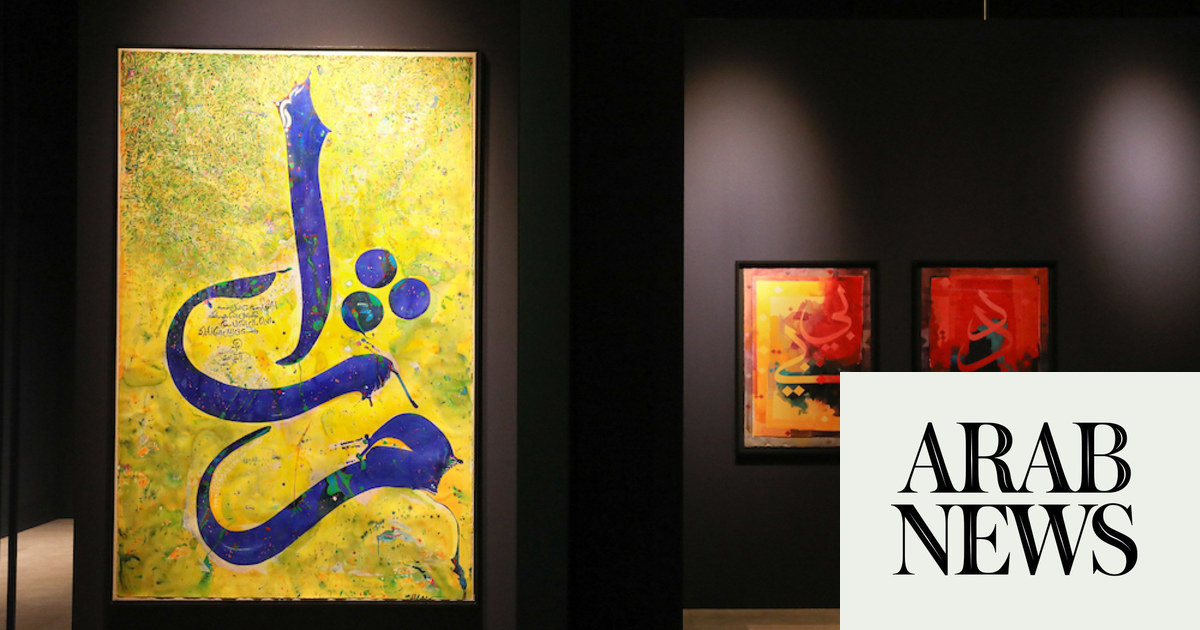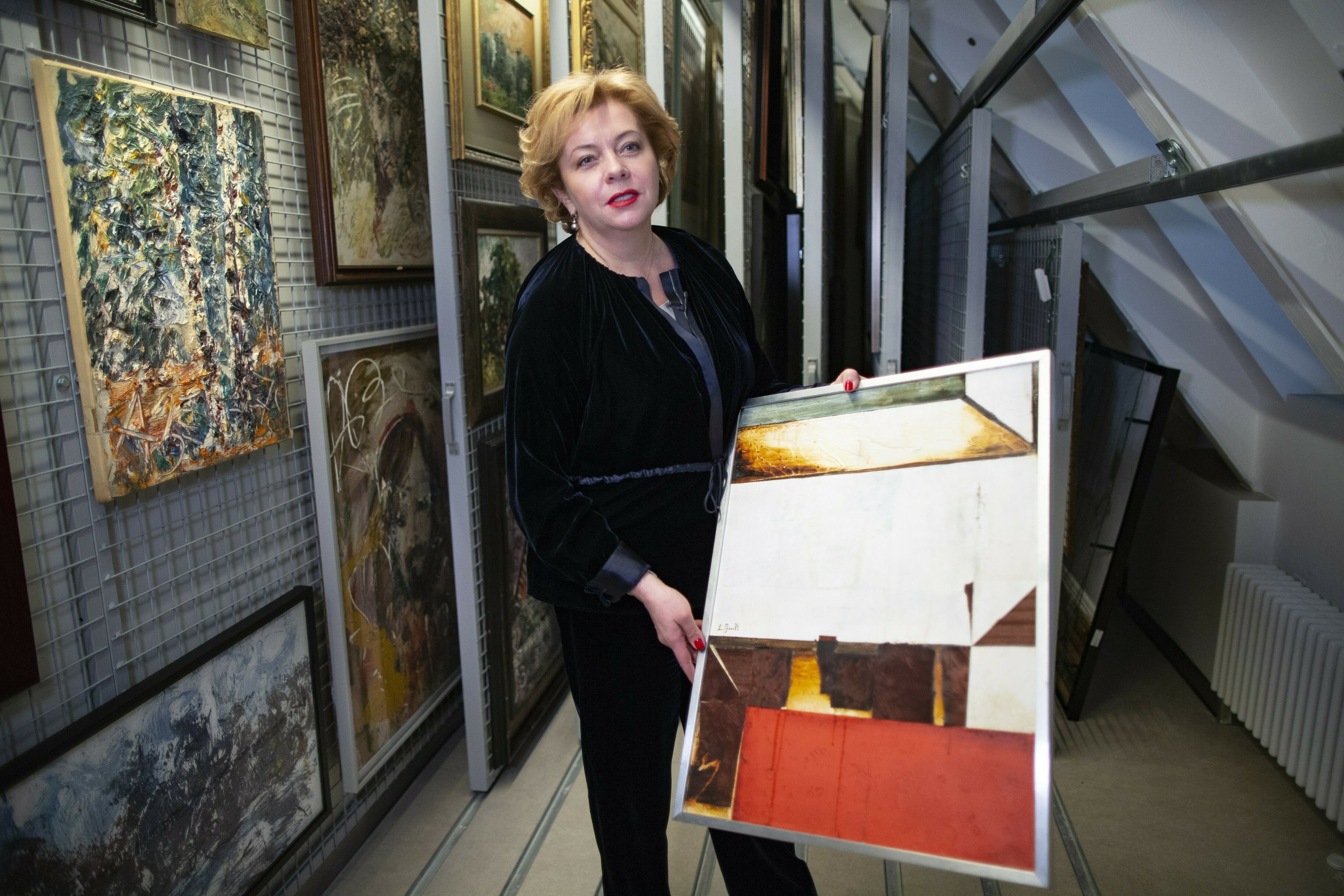Pre-Existing Condition
2019 - Film & Video (Film & Video)
15:00 minutes
Carolyn Lazard
Between 1951 and 1974, Dr. Albert M. Kligman, a professor of dermatology at the University of Pennsylvania, oversaw medical experiments conducted on incarcerated people at Holmesburg Prison in Philadelphia. These nontherapeutic tests ranged from athlete’s foot powders, dandruff shampoos, deodorants, and detergents, as well as more hazardous materials such as dioxin, radioactive isotopes, and mind-altering psychotropics. During his tenure at Holmesburg, Dr. Kligman worked for companies such as Johnson & Johnson, developing the acne medicine Retin-A, and for Dow Chemical Company and the U. S. Department of Defence, testing the ‘tactical herbicide’ Agent Orange. Although the people that participated in these tests at Holmesburg received small financial payments, none were provided information regarding the long-term health risks of the substances being tested. In 1974, the experiments ended in congressional hearings and lawsuits that declared the tests a breach of the Nuremberg Code of 1947 (a set of research ethics for human testing that were a result of medical experimentation conducted by Nazi Germany). Many of the people who underwent these experiments continue to live with long-term health conditions as a consequence of their participation and are still seeking financial compensation and an acknowledgement from the University of Pennsylvania. Carolyn Lazard’s Pre-Existing Condition delves into the history of Dr. Kligman’s testing and the University of Pennsylvania’s complicity in the Holmesburg experiments through two archives: The University of Pennsylvania Archives and the Philadelphia City Archives. Over the course of the video, Lazard moves through a series of documents and a conversation with the Holmesburg experimentation survivor and advocate Edward Yusuf Anthony, locating the tension between personal history and official records. The video consists of scanned lists of experiments, their nameless, numbered participants, their minimal rates of compensation, and the sponsoring institutions. Lazard’s work often appropriates existing materials, which the artist describes as “the most disabled way of making,” as it relies on content that has been produced by others as an integral aspect of the work. Against this cycling backdrop, is the voice of Edward Yusuf Anthony, who survived Kligman’s experiments and now endures the long-term health repercussions. Yet Anthony does not directly discuss his memories of Kligman’s experiments, which are so easily sensationalized. Instead, he speaks to his current experiences with the medical and legal systems: how these industries meant for caring continue to fail him, and why he cannot trust them.
Carolyn Lazard’s practice centers disability and accessibility through sculpture, video, installation, and performance. The invisible nature of Lazard’s disability has led them to create work that engages constructions of legibility and visibility. Chronic illness is often seen as a private misfortune; it is rarely viewed as an experience deeply embedded in structures of power and meaning. Rather than an anomaly, Lazard contends that everyone experiences disability in some form. For the artist, disability is a creative lens through which they can conjure alternative modes of accessibility, labor, and care. Lazard often shoots or performs in doctors’ offices or in their own home because spaces of extreme alienation or extreme domesticity are where they locate their disability. Lazard turns these moments—medical procedures, administering medication, navigating medical bureaucracy, hospitalizations—into publicly consumable images or text. The artist is also interested in how popular forms, such as social media or cinematic genres like horror and science fiction, can be vehicles for experiencing intimacy. Their work takes an experience that is often circumscribed to the realm of the private, and makes it visible and sometimes banal. As such, Lazard’s documentation of chronic illness destabilizes the separation of the public and private spheres.
Colors:
Related works sharing similar palette

© » FRANCE24
Special programme: Taiwan, a culture of freedom and diversity (part 2) - arts24 Skip to main content Special programme: Taiwan, a culture of freedom and diversity (part 2) Issued on: 12/01/2024 - 17:25 Modified: 12/01/2024 - 17:29 13:17 FRANCE 24's Alison Sargent takes you to Taipei for a special programme on the island's cultural diversity...

© » KADIST
Newell Harry
2015(Untitled) Nimoa and Me: Kiriwina Notations by Newell Harry brings together a litany of contemporary politics—mobilization around enduring racism, the legacies of Indigenous and independence struggle, and the prospects of global solidarity against neocolonialism and social injustice...

© » KADIST
Online Seminar: Frequencies of Tradition With Anselm Franke, Ho Tzu Nyen, Chia Wei Hsu, Yuk Hui, siren eun young jung, Jane Jin Kaisen, Ayoung Kim, Hyunjin Kim, Hwayeon Nam, Emily Wilcox, and Soo Ryon Yoon The Times Museum and KADIST present three online sessions that consider tradition as a contested space, where one can critically reflect on Asian modernization and the Western canon...
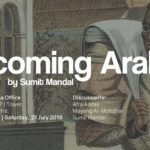
© » ARTS EQUATOR
Weekly Picks: Malaysia (16 – 22 July 2018) | ArtsEquator Thinking and Talking about Arts and Culture in Southeast Asia Malaysia July 16, 2018 Hua (華) Settler Imaginary in Borneo , at Malaysia Design Archive, 19 July 8pm Academic Dr Zhou Hau Liew presents ‘ Preliminary Thoughts on the Hua Settler Imaginary in Borneo: Cultural Mapping, Revolutionary Communism, and the Ideas of Chineseness ’...

© » KADIST
Jean-Charles de Quillacq
2013Adam is an emblematic work within Jean-Charles de Quillacq’s oeuvre...

© » KADIST
Alexis Smith
1995In 8 Ball Surfboard (1995),Alexis Smith combines her long-term interests in California culture and conceptual assemblage...
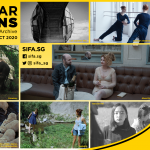
© » ARTS EQUATOR
Singular Screens – Cinema, the way you want it | ArtsEquator Thinking and Talking about Arts and Culture in Southeast Asia Articles SIFA 2020 September 4, 2020 As Singapore gets used to life under Phase 2 of our COVID-19 relaxation measures, players like Singapore Festival of the Arts (SIFA) – or its gentle rebrand SIFA v2.020 – are responding with programmes that are welcoming us back into a semblance of normalcy...
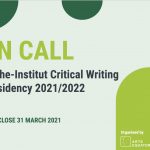
© » ARTS EQUATOR
Open Call for AE x Goethe-Institut Critical Writing Micro-Residency 2021/2022 | ArtsEquator Thinking and Talking about Arts and Culture in Southeast Asia ArtsEquator Viewpoints March 12, 2021 ArtsEquator and Goethe-Institut Singapore are pleased to announce the launch of the inaugural AE x Goethe-Institut Critical Writing Micro-Residency 2021/2022 ...

© » ARTNEWS RETROSPECTIVE
A Jacob Lawrence Expert on a Profile of Him from ARTnews’s Archives – ARTnews.com Skip to main content By Alex Greenberger Plus Icon Alex Greenberger Senior Editor, ARTnews View All January 24, 2020 1:35pm George Chinsee Jacob Lawrence (1917–2000) was one of the deftest documentarians of African-American life in the United States, and over the next few years, people across the country will get a chance to see one of his greatest series of paintings, “Struggle: From the History of the American People” (1954–56), united in full for the first time...

© » KADIST
Karen Lamassonne
1989Ventana indiscreta (Rear Window) by Karen Lamassonne takes its title from Hitchcock’s renowned 1954 classic...

© » KADIST
Binelde Hyrcan
2011Binelde Hyrcan’s video “Cambeck” is a playful study of four boys on a beach in Angola playing in a chauffeured car made of sand...
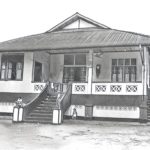
© » ARTS EQUATOR
Orang Phebien: Telling the story of the Baweanese | ArtsEquator Thinking and Talking about Arts and Culture in Southeast Asia Articles Illustration: Hadi Osni August 5, 2020 Lesser known narratives involving migration in Singapore are in the spotlight with The Arts House’ latest edition of LumiNation ...

© » KADIST
Moshekwa Langa
2006In “Untitled II (Mapping text)”, 2009, Langa abstracts language in an attempt to change the familiar into the absurd...

© » THE JEALOUS CURATOR
Soooo, when Malcom Gladwell’s podcast network reaches out to you and says, “Hey Danielle, would you like to share part of an interview we did with Marina Abramović with your listeners”, you say, “ummm, OKAY!” I’ve put a little mini episode together, featuring a 20 minute excerpt from their show, “Talk Easy with Sam Fragoso”...

